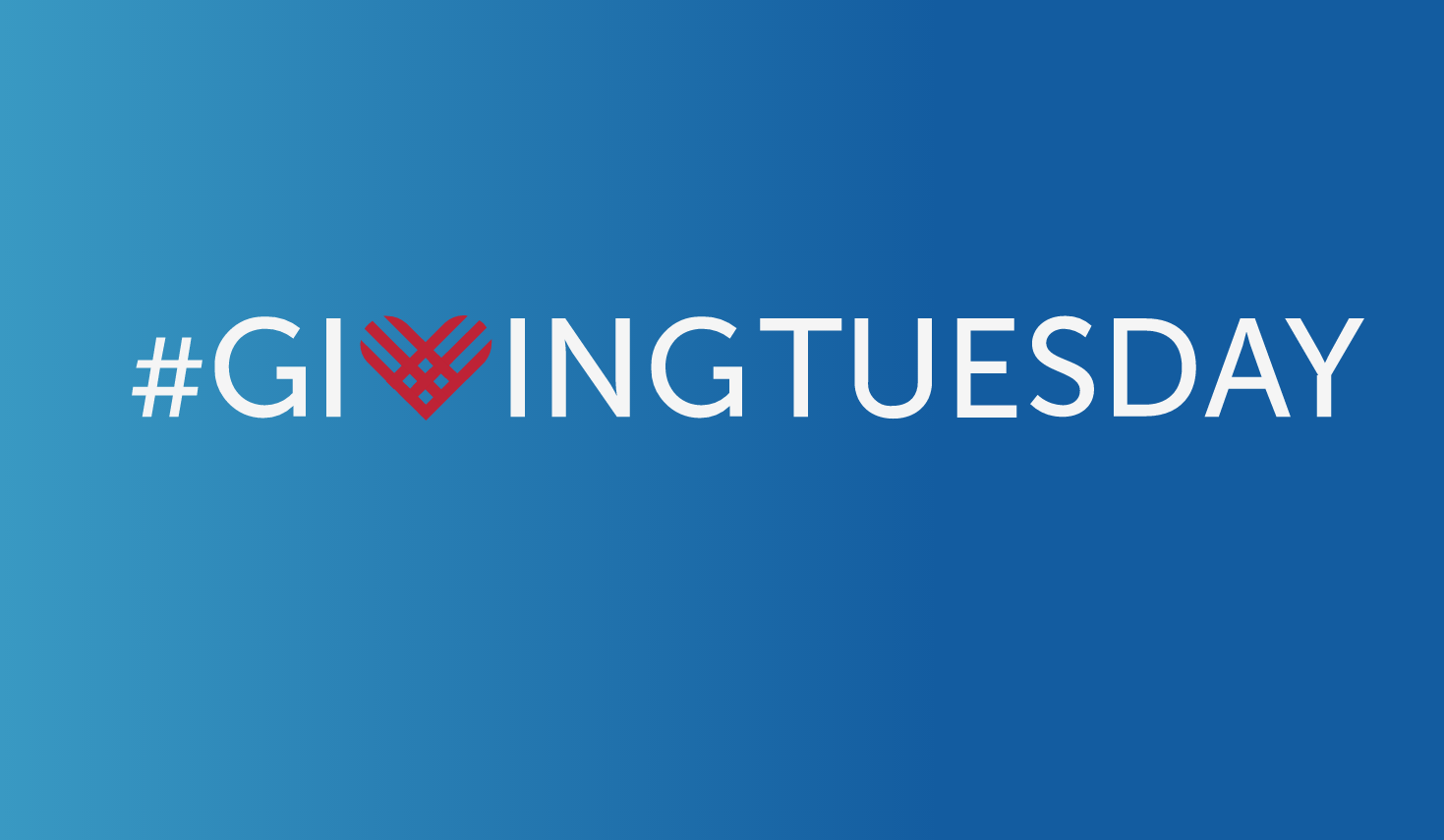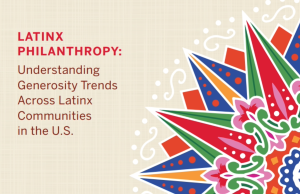Almost two-thirds of donors (65 percent) who expect to give on #GivingTuesday or between now and the end of the year plan to give less than $100, according to the first part of a survey aimed at examining giving behavior this year.
More than one-fourth of respondents who live in households with an income of $150,000 or more plan to give more than $5,000 on Giving Tuesday.
The results are from a Classy survey taken in September of 1,002 adults in the United States. The survey by the San Diego, Calif.-based mobile fundraising company is the first of two designed to measure giving trends before and after today’s midterm elections.
Giving Tuesday is traditionally on the Tuesday after Thanksgiving, following Black Friday and Cyber Monday. This year it will fall on Nov. 27.
With Hurricane Florence fresh on their mind, disaster relief was the cause that donors were most likely to support on Giving Tuesday, at 43 percent, followed by health, 37 percent, and environment and/or animal causes, 36 percent. Almost half of consumers (48 percent) had already given to Hurricane Florence-related causes and 35 percent of respondents said they are likely to give more to Florence relief on Giving Tuesday.
How easy it is to donate influences the youngest donors the most. Only one in five Baby Boomers link the ease of donations and ability donate online to how much they trust a nonprofit to use funds wisely. But that figure hovered around 54 percent among Millennials (those born after 1980) and Generation Z (those born in the mid-1990s and later). Almost half of those surveyed (49 percent) would definitely or probably give more to their favorite nonprofit if it were easier or more convenient.
Slightly more than one-third (34 percent) of participants in the survey would rather give cash while 22 percent make donations in their name to a nonprofit that supports their values.
Donors are more inclined to give to nonprofits instead of political parties, political action committees, or to individual candidates. One in four respondents who plan to give expect the outcome of the mid-term elections to impact their donation plans on Giving Tuesday.
In addition, higher-earning households are politically motivated when they give. About half of households with an annual income of $150,000 are more inclined to give based on their political beliefs.
While most respondents believe that donating to a nonprofit is important, few actually do it. For example, 80 percent say it is extremely or moderately important to donate to a nonprofit annually. However, only 45 percent do so routinely. The remaining 55 percent donate randomly. Almost half (49 percent) of respondents said that they are more inclined to donate to a nonprofit if a family member, a friend or they themselves are personally affected by the nonprofit’s cause.
Twenty-seven percent of men tend to be repeat donors on a monthly basis and 15 percent on a weekly basis. Nineteen percent of women tend to be repeat donors on a monthly basis and 5 percent of women are repeat donors on a weekly basis.
High-income households are far more likely to be frequent donors. More than three out of five (61 percent) households with an income of $150,000 or greater and almost half (48 percent) of households with income of between $100,000 to $150,000 give monthly to nonprofits or causes in which they believe.
A recommendation of a family member or friend, social media influencer or an unexpected crisis or disaster were cited as the most likely reasons to make an unexpected donation, at 46 percent each. Of those who are motivated by others, 26 percent say that a social media influencer moves them to donate; professional athletes motivate 10 percent; a local politician influences 9 percent, and a national politician moves 5 percent.
The survey also found that 29 percent are less likely to follow the recommendation of a national politician and 24 percent are less likely to follow the recommendation of a Hollywood celebrity.












